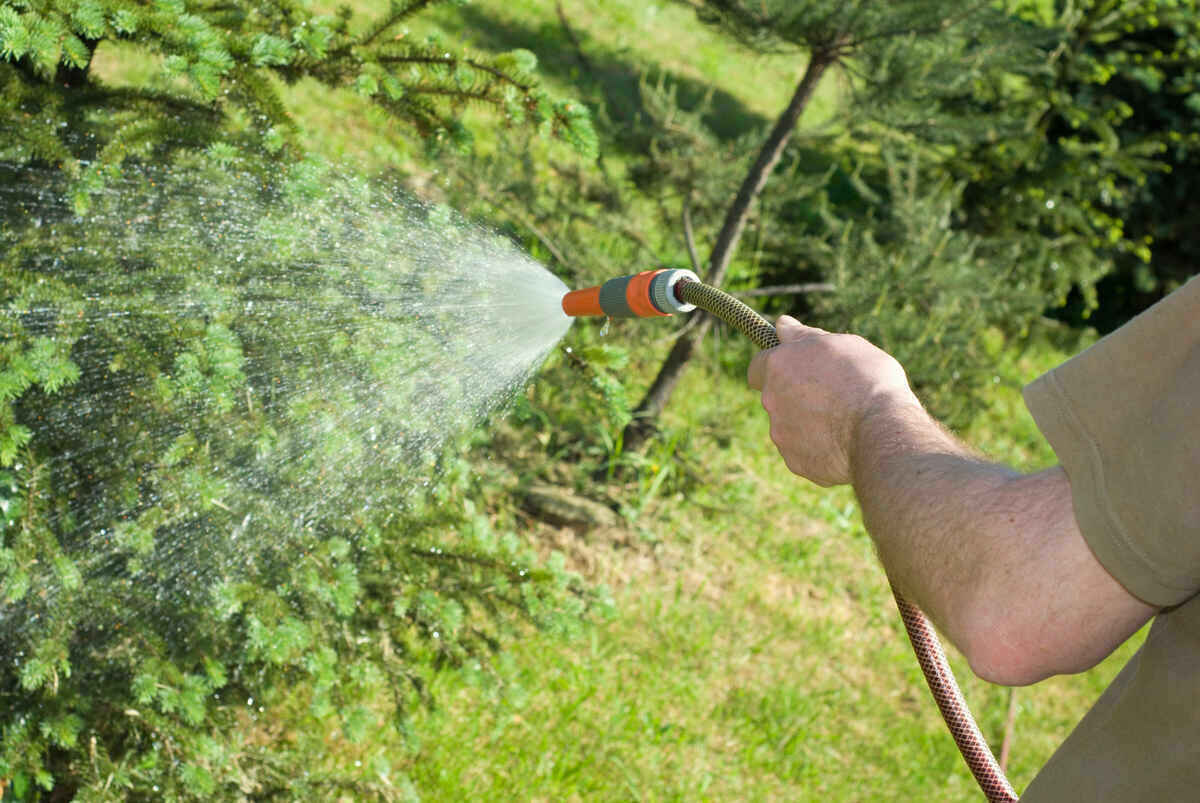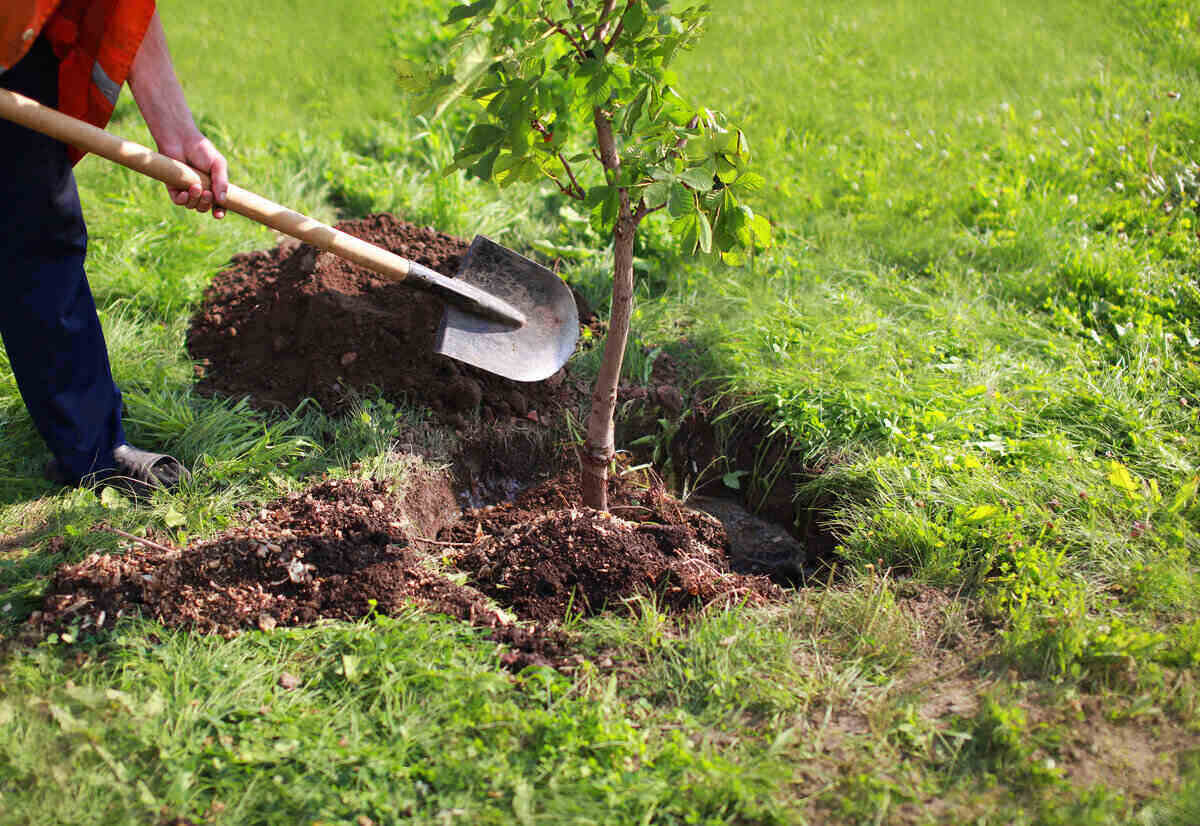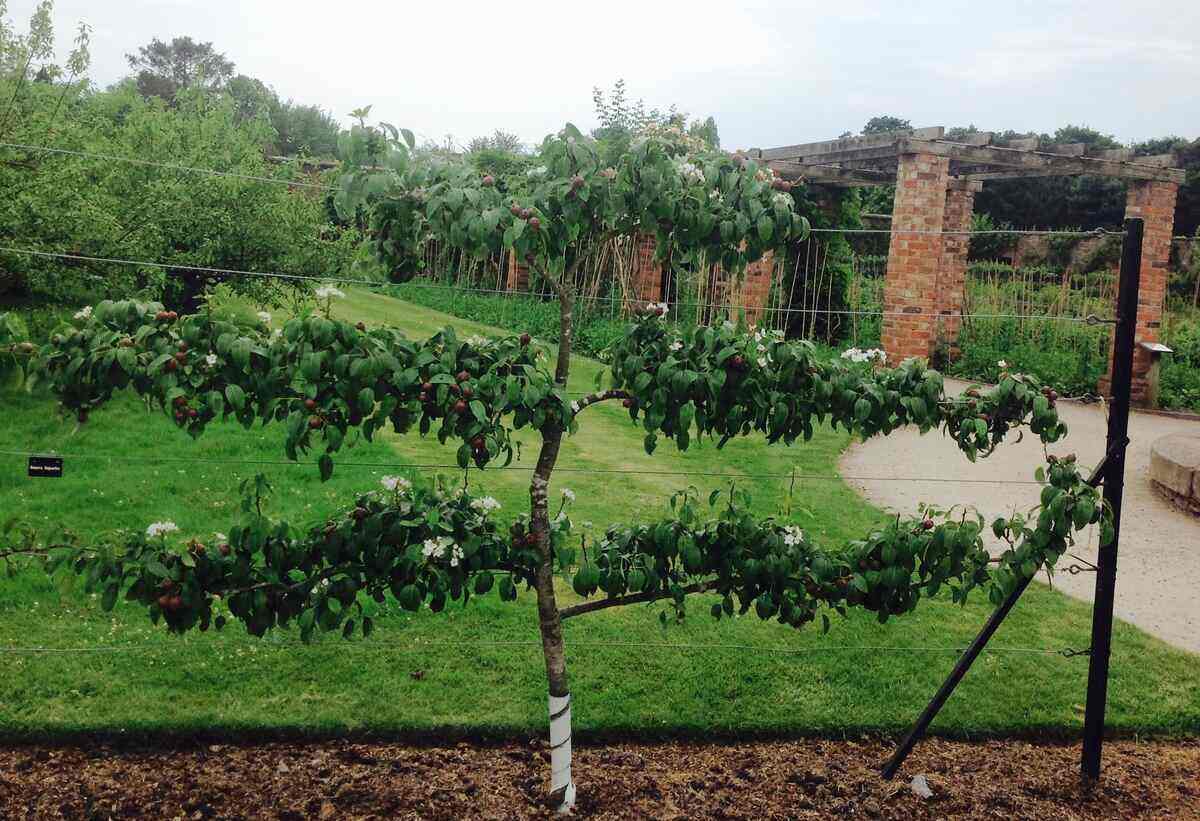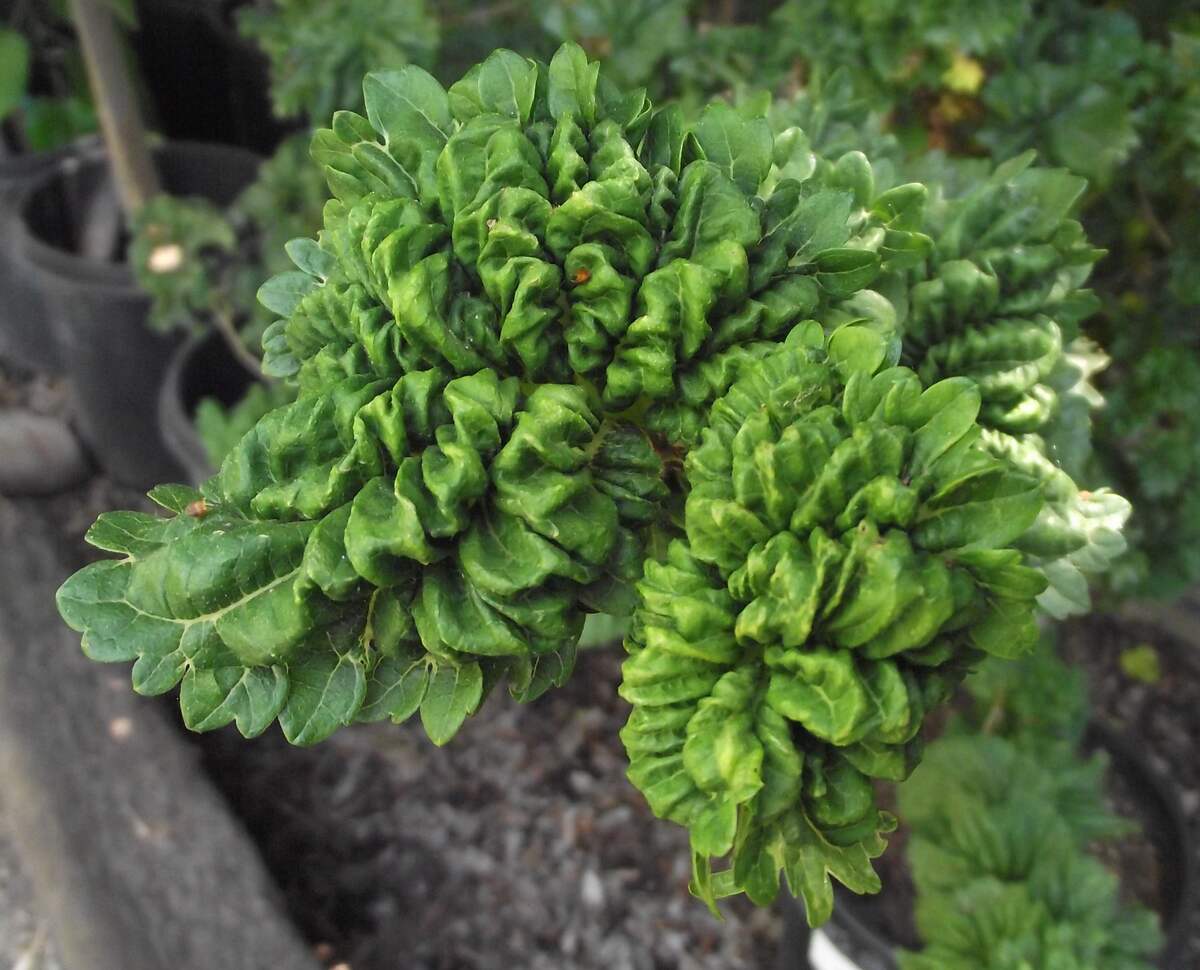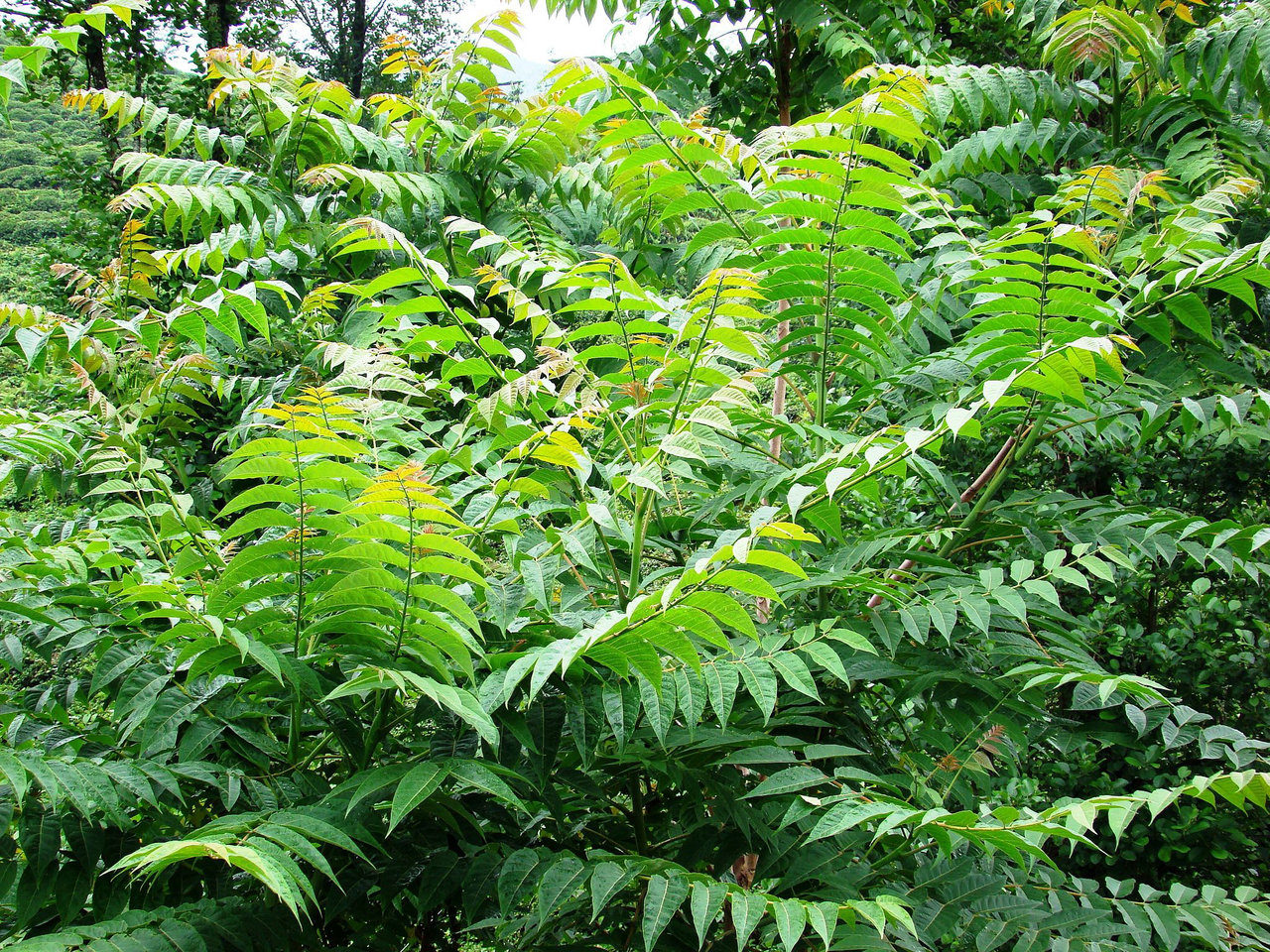
The best time to plant a tree may be 20 years ago, but in Kansas City, it will never be a good time to plant these trees.
Fast-growing trees get where you want them to be quickly, but sport weak wood that makes them more susceptible to storm damage. Exotic trees may look beautiful and unique, but without the checks and balances that apply to native plants, those exotic species can become invasive and colonize your neighbors’ yards.
Some trees simply produce so many seeds they become problems in the urban landscape by attracting rodents or other animals and completely covering grass or sidewalks. Others are susceptible to disease or specific insect problems. For Kansas City, any of these traits should be enough to keep those trees of the list of ones you’re considering for your yard.
But worry not, we’ve pointed out here the five worst trees for Kansas City so you can know which you should avoid completely.
Tree of Heaven
(Ailanthus altissima)
The tree of heaven (pictured above) doesn’t exactly live up to its name in Kansas City.
As Alan Branhagen, director of horticulture at local botanical garden Powell Gardens notes in a guide of invasive exotic plants, the woody tree of heaven has become problematic in northwestern Missouri and has become a real pest in other regional woodlands.
Because it self-sows its seeds so prolifically, the plant invades the area around it, surviving especially well in disturbed urban sites. The Missouri Department of Conservation even marks the tree as a skin-irritating invasive.
So don’t be drawn in by its long clusters of flowers, which in male plants are even “ill-scented.” Instead, Branhagen and Powell Gardens recommend planting a Chinese Toon tree or a Pecan tree.
Green Ash
(Fraxinus pennsylvanica)
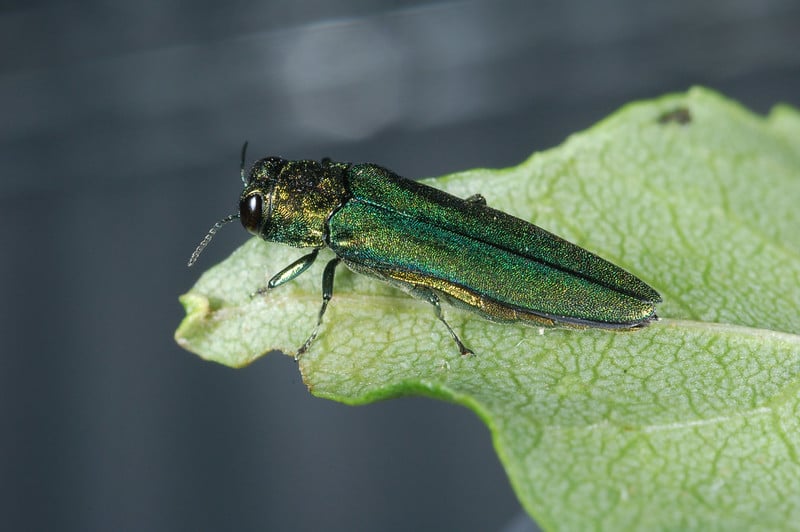
Unfortunately, the green ash is on this list not because of any intrinsic problem with the tree itself, but because of an invasive insect that targets ash trees exclusively: the Emerald Ash Borer. Plant an ash tree in your yard and you’re inviting trouble to Kansas City.
The Kansas State University lists the Green Ash as a tree not recommended for planting thanks to the insect, and the Missouri University Extension explains why, explaining it as “an exotic, invasive wood-boring insect that infests and kills native North American ash trees.”
The EAB is expected to decrease ash population in the Show-Me State’s forests to a very low level, the extension says, and it won’t spare your landscape trees either.
Once it finds its way to a particular area, it kills the trees and leaves them standing dead. That poses a serious threat to public safety and represents an expensive cost for removal. Save your worry and your money by planting something else.
Bradford Pear
(Pyrus calleryana)
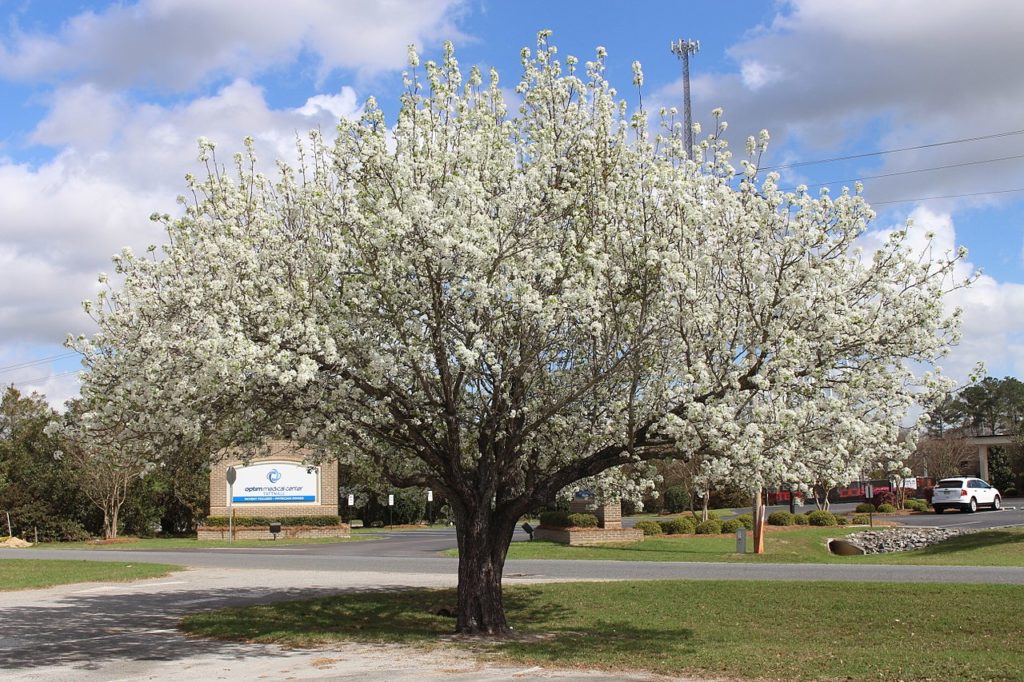
Kansas State lists the Bradford Pear as another tree to avoid in the Kansas City area, calling it “weak-wooded and invasive,” not to say anything of their particular aroma in spring.
An article titled “Stop the Spread!” from the Missouri Department of Conservation compares the trees to an alien invasion from a sci-fi movie, saying the pears were supposed to be sterile in the U.S., but turned out to be anything but.
Brought over from China in the 1960s, they were originally a favorite choice. People liked their thick coat of spring flowers, dark glossy leaves and the ability to thrive virtually anywhere.
They thought then the Bradford pear could not reproduce. That meant no messy fruit to contend with. But even that misconception isn’t the only issue with the trees.
Fifteen or 20 years later, homeowners began seeing damage to their pear trees when the trunks and branches started splitting and breaking in storms. Then came the realization that they were indeed reproducing and spreading quickly. Don’t fall into that 60-year-old trap. Plant something else.
Silver Maple
(Acer saccharinum)
The silver maple is spectacular once days start shortening and leaves start turning colors. It gets its name from the silvery hue on the underside of its leaves. But if you plant one, you won’t be able to enjoy its beauty for long.
The Kansas State extension says it’s a bad choice for local homeowners due to its weak wood. It has another problem, according to the extension, because it doesn’t show those trademark spectacular fall colors maples are known for until it’s mature.
So if you plant a silver maple, you’ll have to wait until it grows up to get the most of its fall color show. But at that point, its limbs will be very susceptible to breaking in storms or ice. Those open wounds invite further problems. They include decay, disease and the unwanted cost of cutting it down and hauling it off.
Willow
(Salix)
There’s no denying the beauty of an elegant willow tree, but like the silver maple, that beauty comes with fragility.
The Missouri Department of Conservation says willows are “fast-growing but usually short-lived” thanks not only to their naturally brittle wood, but their susceptibility to the canker fungus.
Canker will cause twig, trunk and branch dieback, exacerbating the fragility of the already weak wood. Willows, including favorite types such as weeping willow, pussy willow and white willow, tolerate moist and wet sites and dry conditions. They don’t even mind urban conditions and street planting.
The unlucky bit is that they just won’t last long. So when planning your home landscape, avoid these beautiful but delicate and short-lived trees. Leave them to the streambanks and wild places.
Planning some trees for Kansas City yard? Take into account what you’re trying to accomplish and think carefully about the species you pick. Talk to a local Kansas City landscaping expert if you need help selecting plants for your landscape. But you can definitely go ahead and strike these five worst trees for Kansas City off your list.
